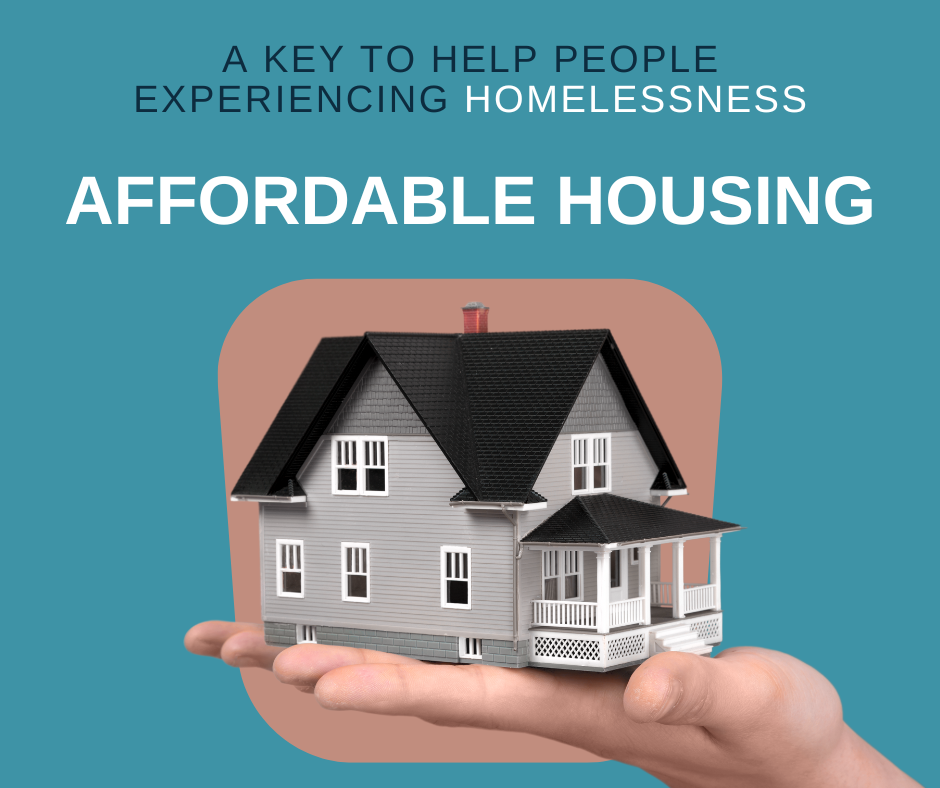
Helping Pennsylvanians Experiencing Homelessness Find Affordable Housing
October 10 is celebrated as World Homeless Day. This international day is set aside to raise awareness of the needs of people experiencing homelessness as well as to promote solutions. Homelessness remains a pressing issue across our state. Rising rents, a limited supply of low-cost housing, and wages that haven’t kept pace with living costs mean thousands of Pennsylvanians struggle to secure a stable home. Moving people from the street or temporary shelters into permanent, affordable housing is essential to strengthen local economies and create healthier communities.
The Scope of the Challenge
- Statewide numbers: According to the U.S. Department of Housing and Urban Development’s (HUD) 2024 Point-in-Time Count, Pennsylvania recorded roughly 12,000 people experiencing homelessness on a single January night.
- Families and youth: About one in four of those counted were members of families with children, and an estimated 4,000 Pennsylvania public-school students were identified as homeless or housing-insecure during the 2023–24 school year.
- Affordability gap: The National Low Income Housing Coalition (NLIHC) reports that a Pennsylvanian earning minimum wage would need to work over 60 hours a week to afford a modest two-bedroom apartment. That’s beyond the ability of many people with chronic illness, disabilities, care-giver responsibilities, educational requirements, or other issues preventing them from working long hours each week, including seniors living on a fixed income.
Why Supply Matters
The root of the housing affordability crisis is a basic imbalance: demand for housing outpaces the number of homes available. National research shows the U.S. is short more than 7 million affordable homes for extremely low-income renters, who have a higher likelihood of experiencing homelessness. In Pennsylvania alone, the gap exceeds 275,000 units, according to NLIHC. Without a significant increase in supply, subsidies and vouchers can only go so far.
Key Strategies to Grow Affordable Housing
- Modernize Zoning and Land-Use Rules
-
- Upzoning for Density: Allowing multi-family buildings in areas previously limited to single-family homes can dramatically increase the number of units without expanding a city’s footprint.
- Accessory Dwelling Units (ADUs): Encouraging backyard cottages or basement apartments provides gentle density and income opportunities for homeowners.
-
- Leverage Public–Private Partnerships
-
- Cities can collaborate with private developers and nonprofit organizations to share risks and costs.
- Tools like tax abatements, expedited permitting, and density bonuses incentivize inclusion of affordable units in market-rate projects.
-
- Boost and Target Public Investment
-
- Low-Income Housing Tax Credits (LIHTC): The primary federal program for building and preserving affordable rental housing offers a powerful incentive for developers to build affordable housing.
- State and Local Housing Trust Funds: Dedicated revenue streams—from real estate transfer taxes to short-term rental fees—can finance new construction and preservation.
-
- Preserve and Rehabilitate Existing Stock
-
- Repairing aging properties keeps units affordable and prevents displacement.
- Programs that help small landlords maintain their buildings reduce the loss of low-cost rentals.
-
- Innovative Construction Techniques
-
- Modular and prefabricated construction can cut costs and shorten timelines.
- Adaptive reuse—converting vacant office buildings, hotels, or schools—creates housing while revitalizing underused spaces.
-
Community and Policy Leadership
Expanding the supply of affordable housing requires action at every level:
- Local Governments: Update zoning codes, streamline permitting, and dedicate land or buildings for affordable projects.
- State Legislatures: Increase funding for housing trust funds and match federal programs like LIHTC.
- Federal Action: Support proposals to expand tax credits, provide infrastructure grants tied to housing production, and address building-material shortages.
Benefits Beyond Housing
Investing in affordable housing construction stimulates local economies, creating jobs in construction, maintenance, and services. Stable homes improve health outcomes, reduce reliance on emergency services, and give children the consistency they need to succeed in school. Inclusive housing policies also promote diverse, vibrant neighborhoods where people of different incomes can live side by side.
A Collective Responsibility
Ending homelessness is not solely the work of governments or charities; it requires action from neighbors, landlords, businesses, and civic groups. When people have a stable place to live, they can focus on employment, education, and health—strengthening the entire community. Petra is proud to be partnering with individuals, governmental agencies, and private organizations to combine our strengths and talents to bring more affordable housing to the greater Phoenixville area.

